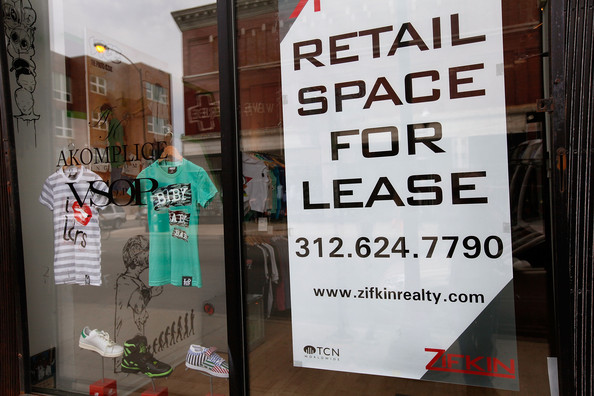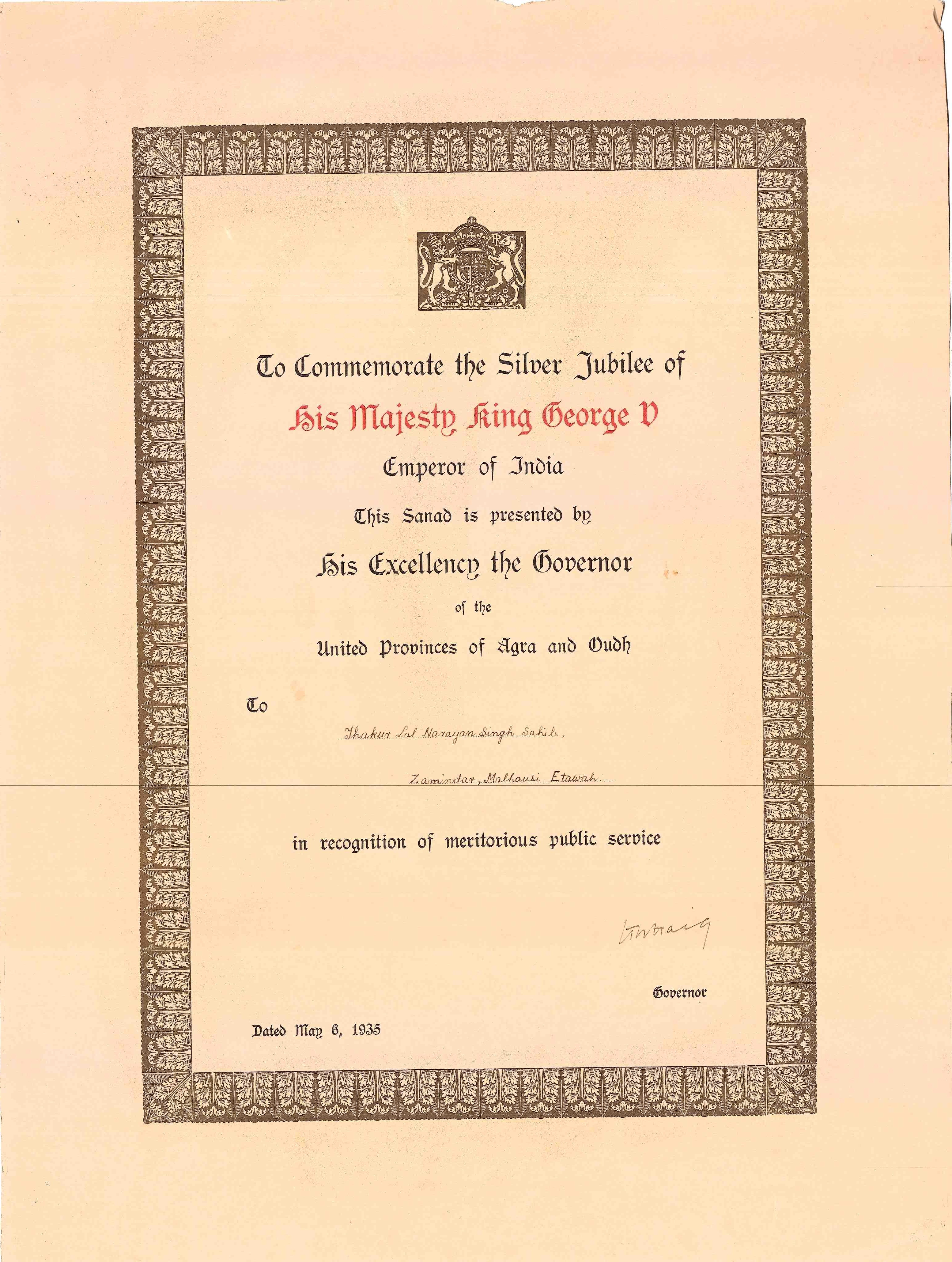|
Cornish Studies Centre
Kresen Kernow (Cornish language, Cornish for Cornwall Centre) in Redruth, United Kingdom is Cornwall's archive centre, home to the world's biggest collection of archive and library material related to Cornwall. Funded by the National Lottery Heritage Fund and Cornwall Council and opened in 2019, it brings together the collections which were previously held at Cornwall Record Office, the Cornish Studies Centre, Cornish Studies Library and Cornwall and Scilly Historic Environment Record as well as in various outstores. Kresen Kernow was the name of the building in Alma Place in which the Cornish Studies Library was formerly held. The new archive centre, which has been constructed on the former Devenish Brewery, Redruth Brewery site in Tolgus Hill, Redruth, has the same name. Kresen Kernow has more than 14 miles of shelving in total which will house around 1.5 million items, including over 100,000 books, 40,000 maps and 220,000 photographs and postcards. Facilities Kresen Kernow ... [...More Info...] [...Related Items...] OR: [Wikipedia] [Google] [Baidu] |
Tate St Ives
Tate St Ives is an art gallery in St Ives, Cornwall, St Ives, Cornwall, England, exhibiting work by modern British artists with links to the St Ives area. The Tate also took over management of another museum in the town, the Barbara Hepworth Museum, Barbara Hepworth Museum and Sculpture Garden, in 1980. The Tate St Ives was built between 1988 and 1993 on the site of an old gasworks and looks over Porthmeor beach. In 2015, it received funding for an expansion, doubling the size of the gallery, and closed in October 2015 for refurbishment. The gallery re-opened in October 2017 and is among the most visited attractions in the UK. History In 1980, Tate group started to manage the Barbara Hepworth Museum, Barbara Hepworth Museum and Sculpture Garden, dedicated to the life and work of the renowned St Ives artist. The group decided to open a museum in the town, to showcase local artists, especially those already held in their collection. In 1988, the group purchased a former gaswor ... [...More Info...] [...Related Items...] OR: [Wikipedia] [Google] [Baidu] |
County Council
A county council is the elected administrative body governing an area known as a county. This term has slightly different meanings in different countries. Australia In the Australian state of New South Wales, county councils are special purpose local governments, to which a group of local government areas delegate the provision of certain services. Note that although New South Wales has counties, the county councils are not governments of the counties (which have never had governments), but rather of distinct county districts. Norway In Norway, a county council () is the highest governing body of a county municipality (''fylkeskommune''). The county council sets the scope of the county municipal activity. The council is led by the Chairman of the County Council, more commonly called a County Mayor (''fylkesordfører''). Members of the council are elected for a four-year term through the general local elections, which can extended for a second four-year term. It is common for me ... [...More Info...] [...Related Items...] OR: [Wikipedia] [Google] [Baidu] |
Manorial
Manorialism, also known as seigneurialism, the manor system or manorial system, was the method of land ownership (or "tenure") in parts of Europe, notably France and later England, during the Middle Ages. Its defining features included a large, sometimes fortified manor house in which the lord of the manor and his dependants lived and administered a rural estate, and a population of labourers or serfs who worked the surrounding land to support themselves and the lord. These labourers fulfilled their obligations with labour time or in-kind produce at first, and later by cash payment as commercial activity increased. Manorialism was part of the feudal system. Manorialism originated in the Roman villa system of the Late Roman Empire, and was widely practised in medieval western Europe and parts of central Europe. An essential element of feudal society, manorialism was slowly replaced by the advent of a money-based market economy and new forms of agrarian contract. Manorialism ... [...More Info...] [...Related Items...] OR: [Wikipedia] [Google] [Baidu] |
Leases
A lease is a contractual arrangement calling for the user (referred to as the ''lessee'') to pay the owner (referred to as the Lessor (leasing), ''lessor'') for the use of an asset. Property, buildings and vehicles are common assets that are leased. Industrial or business equipment are also leased. In essence, a lease agreement is a contract between two Party (law), parties: the lessor and the lessee. The lessor is the Ownership, legal owner of the asset, while the lessee obtains the right to use the asset in return for regular rental payments. The lessee also agrees to abide by various conditions regarding their use of the property or equipment. For example, a person leasing a car may agree to the condition that the car will only be used for personal use. The term rental agreement can refer to two kinds of leases: * A lease in which the asset is tangible property. Here, the user ''Renting, rents'' the asset (e.g. land or goods) ''let out'' or ''rented out'' by the owner (the ... [...More Info...] [...Related Items...] OR: [Wikipedia] [Google] [Baidu] |
Deed
A deed is a legal document that is signed and delivered, especially concerning the ownership of property or legal rights. Specifically, in common law, a deed is any legal instrument in writing which passes, affirms or confirms an interest, right, or property and that is signed, attested, delivered, and in some jurisdictions, sealed. It is commonly associated with transferring (conveyancing) title to property. The deed has a greater presumption of validity and is less rebuttable than an instrument signed by the party to the deed. A deed can be unilateral or bilateral. Deeds include conveyances, commissions, licenses, patents, diplomas, and conditionally powers of attorney if executed as deeds. The deed is the modern descendant of the medieval charter, and delivery is thought to symbolically replace the ancient ceremony of livery of seisin. The traditional phrase ''signed, sealed and delivered'' refers to the practice of using seals; however, attesting witnesses have repla ... [...More Info...] [...Related Items...] OR: [Wikipedia] [Google] [Baidu] |
Historical Documents
Historical documents are original documents that contain important historical information about a person, place, or event and can thus serve as primary sources as important ingredients of the historical methodology. Significant historical documents can be deeds, laws, accounts of battles (often given by the victors or persons sharing their viewpoint), or the exploits of the powerful. Though these documents are of historical interest, they do not detail the daily lives of ordinary people, or the way society functioned. Anthropologists, historians and archeologists generally are more interested in documents that describe the day-to-day lives of ordinary people, indicating what they ate, their interaction with other members of their households and social groups, and their states of mind. It is this information that allows them to try to understand and describe the way society was functioning at any particular time in history. Greek ostraka provide good examples of historical docum ... [...More Info...] [...Related Items...] OR: [Wikipedia] [Google] [Baidu] |
Oxford Dictionary Of National Biography
The ''Dictionary of National Biography'' (''DNB'') is a standard work of reference on notable figures from History of the British Isles, British history, published since 1885. The updated ''Oxford Dictionary of National Biography'' (''ODNB'') was published on 23 September 2004 in 60 volumes and online, with 50,113 biographical articles covering 54,922 lives. First series Hoping to emulate national biography, biographical collections published elsewhere in Europe, such as the (1875), in 1882 the publisher George Murray Smith, George Smith (1824–1901), of Smith, Elder & Co., planned a universal dictionary that would include biographical entries on individuals from world history. He approached Leslie Stephen, then editor of the ''Cornhill Magazine'', owned by Smith, to become the editor. Stephen persuaded Smith that the work should focus only on subjects from the United Kingdom and its present and former colonies. An early working title was the ''Biographia Britannica'', the na ... [...More Info...] [...Related Items...] OR: [Wikipedia] [Google] [Baidu] |
Kenneth Hamilton Jenkin
Alfred Kenneth Hamilton Jenkin (29 October 1900 – 20 August 1980) was a Cornish bard and historian with a particular interest in Cornish mining, publishing ''The Cornish Miner'', now a classic, in 1927. Birth and education He was born in Redruth on 29 October 1900, the son of Alfred Hamilton Jenkin, and his wife, Amy Louisa Keep. He attended University College, Oxford, where in 1919 he became a friend of the famous author, C.S. Lewis: both were members of the Martlets Literary Society. He graduated as M.A. and B.Litt. at the University of Oxford. Cornish activities Jenkin was a founder bard of the Gorseth Kernow in 1928, taking the bardic name ''Lef Stenoryon'' ('Voice of the Tinners'). He was involved in persuading Cornwall County Council to set up Cornwall Record Office in the 1950s, and served on its committee until his death.Brooke, Justin (2004‘Jenkin, (Alfred) Kenneth Hamilton (1900–1980)’ ''Oxford Dictionary of National Biography'', Oxford University Pres ... [...More Info...] [...Related Items...] OR: [Wikipedia] [Google] [Baidu] |
Truro
Truro (; ) is a City status in the United Kingdom, cathedral city and civil parish in Cornwall, England; it is the southernmost city in the United Kingdom, just under west-south-west of Charing Cross in London. It is Cornwall's county town, sole city and a centre for administration, leisure and retail trading. Its population was 18,766 in the United Kingdom 2011 Census, 2011 census. People of Truro are called Truronians. It grew as a trade centre through its port and as a stannary town for tin mining. It became mainland Britain's southernmost city in 1876, with the founding of the Diocese of Truro. It is home to Cornwall Council, the Royal Cornwall Museum, Truro Cathedral, the Hall for Cornwall and Cornwall's High Court of Justice, Courts of Justice. Toponymy Truro's name may derive from the Cornish language, Cornish ''tri-veru'' meaning "three rivers", but authorities such as the ''Oxford Dictionary of English Place Names'' have doubts about the "tru" meaning "three". An expe ... [...More Info...] [...Related Items...] OR: [Wikipedia] [Google] [Baidu] |
Old County Hall, Truro
Old County Hall is a municipal facility at Station Road in Truro, Cornwall. The old County Hall, which was the headquarters of Cornwall County Council from 1912 to 1966, is a Grade II listed building. History In the 19th century the Shire Hall in Bodmin was well established as the venue for dispensing justice in the county. However, following the implementation of the Local Government Act 1888, which established county councils in every county, it became necessary to find a meeting place for Cornwall County Council. The county council chose to meet in Truro rather than Bodmin, and for its first few years held meetings at the Municipal Buildings in Truro. County leaders subsequently decided to procure a purpose-built county hall: the site they selected was occupied by open fields just to the west of Truro railway station. The new building, which was designed by Thomas Ball Silcock in the Neo-Georgian style, was built between 1910 and 1912. The design involved a symmetrical ma ... [...More Info...] [...Related Items...] OR: [Wikipedia] [Google] [Baidu] |






